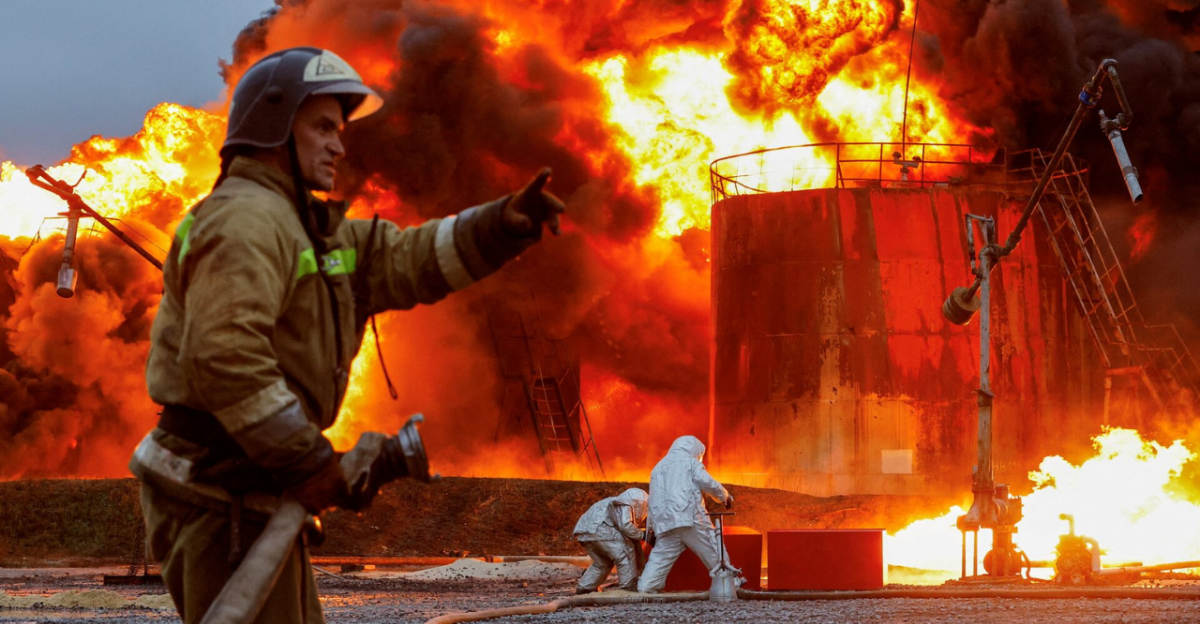
On October 1, 2025, an unexpected disaster struck the Slavneft-Yanos refinery in Russia’s Yaroslavl region. This massive fire created a scene of chaos, with towering black smoke rising and engulfing a critical energy facility. Eyewitnesses described the sight as an overwhelming cloud, igniting immediate concern among industry officials and energy analysts.
With production halted, the implications of this catastrophe rippled through not just local but also national energy markets. “I’ve never seen anything like it,” shared a local worker. The fire’s origins, later categorized as “man-made,” sent shockwaves through northern Russian energy supply chains.
A Daily Cost of $25 Million

The aftermath of the Yaroslavl fire quickly revealed its staggering financial implications. Industry experts estimated that disruptions at the refinery were costing over $25 million each day. “It’s hard to comprehend the scale of this loss,” a regional analyst remarked. The ongoing operational challenges are likely to jeopardize Russia’s overall energy output, significantly impacting its export revenue.
As the crisis unfolded, it became clear that this would not merely be a localized issue but a broader economic concern as well. The urgency to implement effective recovery measures grew as stakeholders recognized that stability depended on swift action.
A Glimpse into the Refinery’s History

Established decades ago, the Slavneft-Yanos refinery is a joint venture between Rosneft and Gazprom Neft. With an annual capacity of 15 million tons, it ranks among Russia’s largest refineries, located strategically in Yaroslavl. This position has made it crucial for the energy supply across northern Russia.
Industry veterans often reflect on its operational history, acknowledging its role in supporting national energy needs. “It’s more than a refinery; it’s a lifeline for many communities,” shared a longtime engineer. The disruptions at such a pivotal facility highlight vulnerabilities in the existing energy infrastructure. Understanding its background helps contextualize the current crisis.
Challenging Times for Russian Oil

The fire at the refinery comes amidst mounting pressures on Russian oil infrastructure. In recent months, Ukrainian drone strikes and unforeseen technical failures have increasingly disrupted operations across the sector. Fuel shortages and export complications have impacted domestic supply chains since August 2025.
“We are grappling with a perfect storm,” mentioned a regional supplier, who noted that these exhausting challenges require more than band-aid solutions. The steps taken in the coming days will be vital in addressing the escalating demands and restoring balance to the market, further complicating the timeline for recovery as essential resources dwindle.
The Fire’s Cascade of Effects

Regional Governor Mikhail Yevrayev confirmed that the significant fire, classified as “man-made,” engulfed multiple sections of the Yaroslavl refinery. The blaze precipitated an immediate halt in production, raising concerns about supply stability in northern Russia. “We were instructed to evacuate as panic spread,” revealed an engineer who witnessed the chaos.
The loss of operations not only halted refinery productivity but also ignited fears about potential shortages. As the local community held its breath, the implications for various sectors were severe, foreshadowing widespread repercussions on energy distribution and heating supplies across the region.
Local Communities Feeling the Strain

The fire’s repercussions extended far beyond the refinery’s confines, sending tremors throughout the local communities. Reports of fuel supply interruptions emerged as far away as Kostroma and Ivanovo, with considerable impact on transit routes and heating oil distribution.
“It’s already hard to find fuel during winter; this is just one more headache,” commented a local farmer facing increased challenges in securing resources. The disruption highlighted the interconnectedness of energy infrastructure and daily life in these communities, revealing an urgent need for solutions to support those who rely heavily on a consistent supply.
Eyewitness Accounts of Chaos
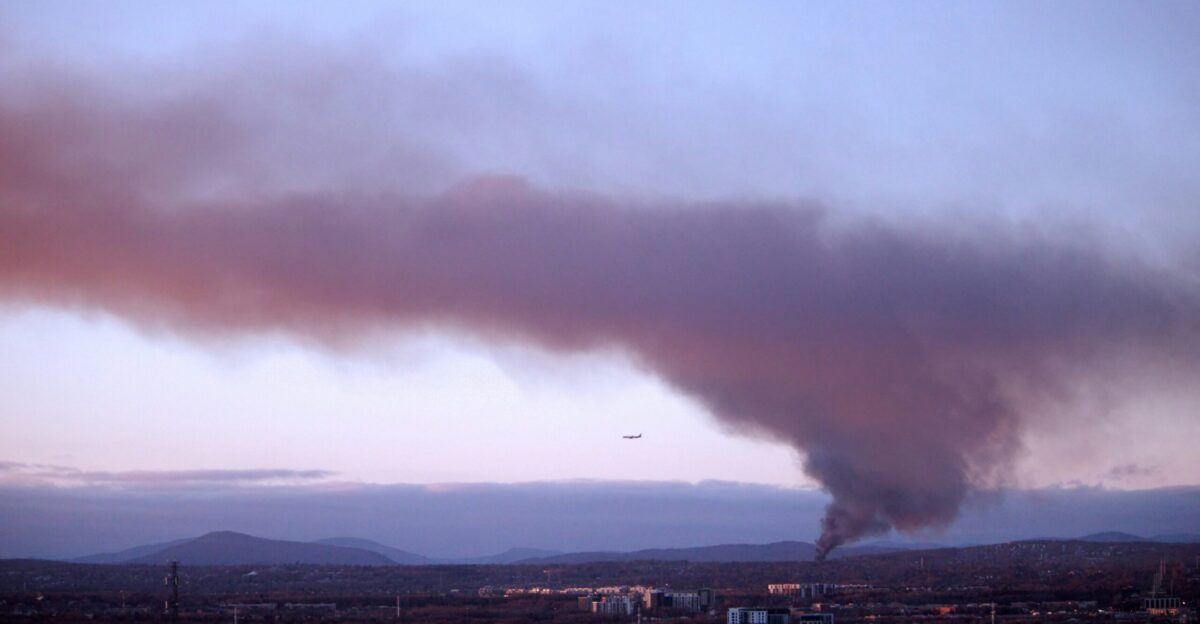
Eyewitnesses captured harrowing moments as refinery workers evacuated amidst flames. “The sky went black, and we were told to run,” recounted an unnamed engineer in an interview with local media outlet Astra. These powerful visuals served as a sobering reminder of the catastrophe’s gravity. Workers expressed concerns about their safety, calling for improved regulations.
“We know we work in a risky field, but we have to be protected,” said a refinery employee who identified numerous lapses in the safety protocols before the incident. As the dust settled, the human aspect of the disaster remained etched in the minds of many.
Competing Refineries Respond
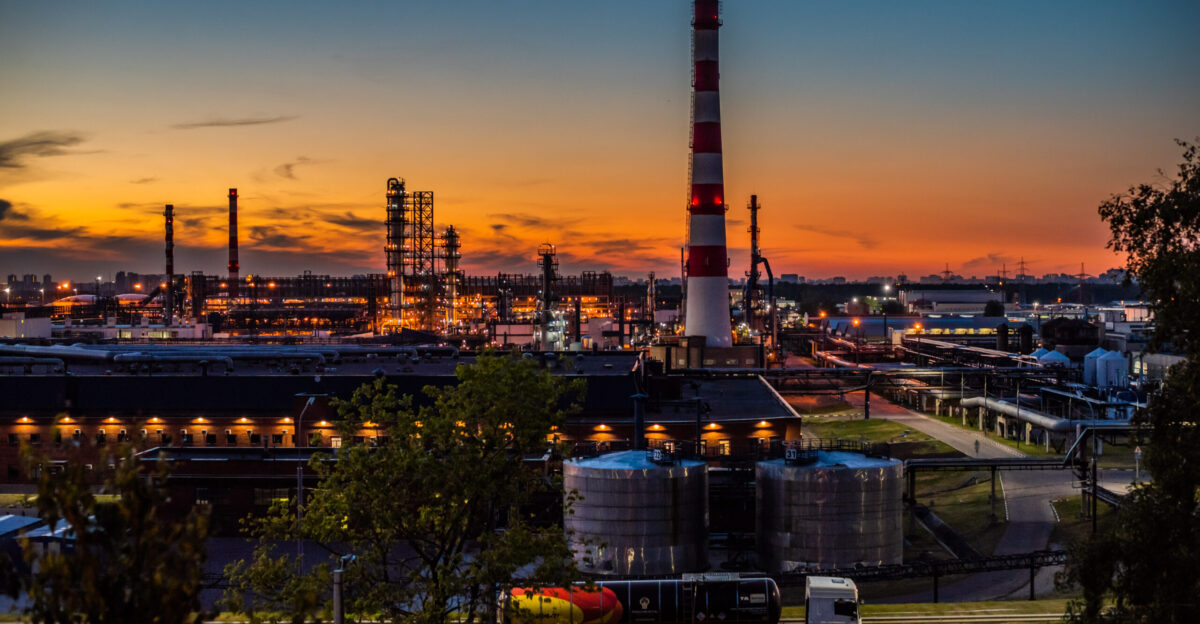
In the wake of the Yaroslavl refinery’s closure, several other Russian refineries, including those in the southern Urals and Leningrad region, have ramped up production to cover the shortfall. Pressure mounted on these facilities as they faced technical constraints while attempting to increase their output. “We’re working around the clock, but the demand is overwhelming,” shared a technician from one of the competing refineries.
This rapid response underscores the industry’s resilience, but it also raises concerns about operational safety and long-term sustainability. The delicate balance between meeting current needs and ensuring safety remains a tightrope to walk.
A Growing Macro Energy Crisis
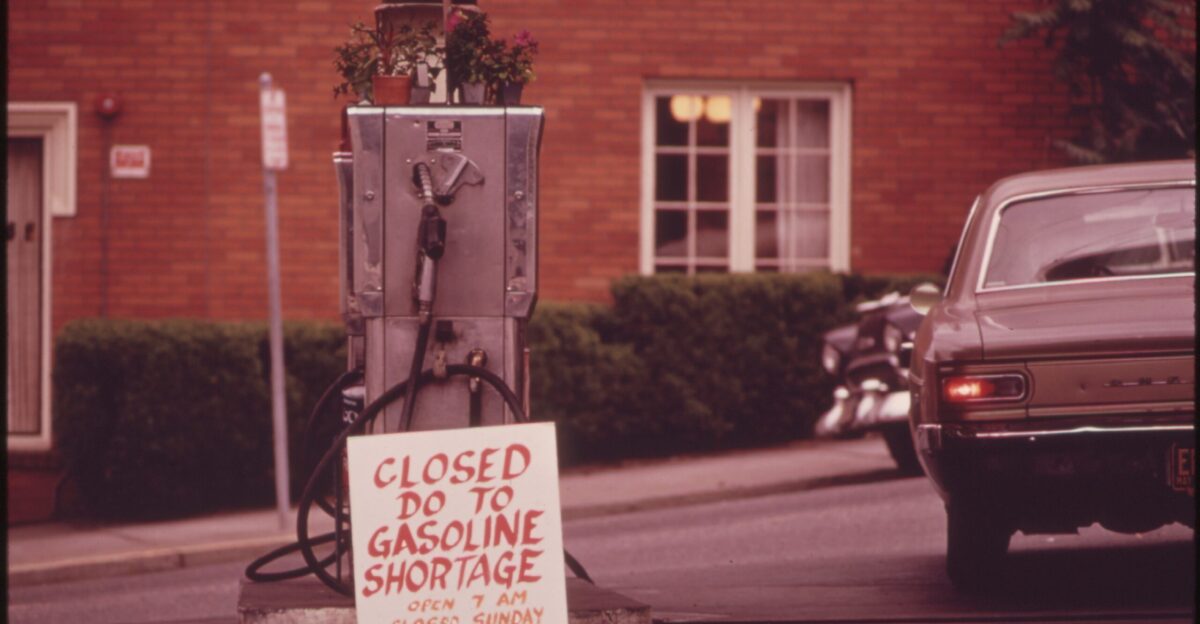
The loss incurred at Yaroslavl has exacerbated a concerning trend: nearly 40% of Russia’s refining capacity has been disrupted since August 2025. “What we’re witnessing is a systemic risk,” noted an analyst discussing the widespread gasoline shortages that are now unfolding. As market volatility increases, the implications extend beyond just immediate financial losses.
Stakeholders are beginning to acknowledge the potential long-term challenges ahead. A looming energy crisis is forcing policymakers to rethink strategies while addressing existing infrastructure vulnerabilities. It’s a crucial juncture where decisions could shape the future of energy security in the region.
Compounding Supply Chain Stress

The fire at the refinery coincided with already heightened tensions within the supply chain. “Inventory gaps were tenuous before this happened,” said a logistics manager, emphasizing ongoing maintenance delays and procurement bottlenecks. As supplies dwindled, recovery became increasingly complex, particularly due to limited pipeline flexibility and rising demand from key agricultural sectors.
Local communities are holding their breath, unsure of how these disruptions will affect their livelihoods and essential services in the future. Stakeholder commitment to managing these pressures is critical; the road ahead will demand both innovation and collaboration to navigate these challenging times.
Addressing Internal Challenges

As the crisis unfolded, Slavneft’s management came under intense scrutiny. Employees voiced frustration over outdated safety protocols, attributing the fire in part to lapses in routine maintenance. “We’ve raised concerns before, but the message never got through,” one worker lamented, pointing to a pattern of negligence.
Workers are now advocating for updated equipment and robust preventative measures to safeguard their futures. The call for change resonates deeply within the organization, revealing a more pressing need for transparency and accountability in operational safety practices, which could prevent similar disasters in the future.
Leadership’s Urgent Response

Faced with mounting pressures, executives from Rosneft and Gazprom Neft convened emergency meetings to address the situation. In a strategic shift, oversight was delegated to newly-appointed safety teams, signaling an intention to prioritize risk management and disaster response. “We cannot afford any more missteps,” a senior executive stated, highlighting the urgency for increased accountability in operations.
Accelerated leadership rotations were also considered essential to navigate the fallout. Swift decision-making and proactive measures could be pivotal in retaining stakeholders’ confidence while embarking on a long-term recovery plan amid compounding challenges.
An Immediate Recovery Plan
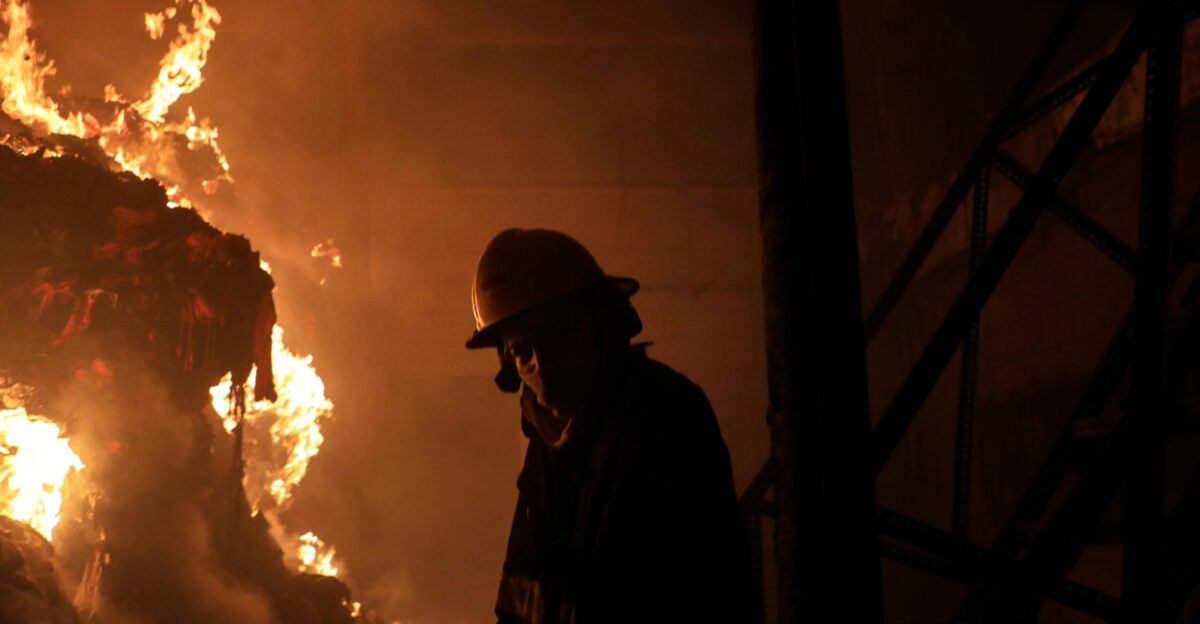
In the wake of the disaster, refinery operators initiated a rapid recovery plan to restore operations. Over 100 firefighters and technical staff were rallied to combat the flames and assess damage. “We knew we had to get things back on track as quickly as possible,” stated a recovery team leader.
Remarkably, authorities announced that limited production resumed within hours of the fire, showcasing the commitment to maintaining essential services. The swift action taken stands as a testament to the resilience of the workforce, even amid extreme adversity, but raises questions about the long-term health of the facility.
Caution Among Experts
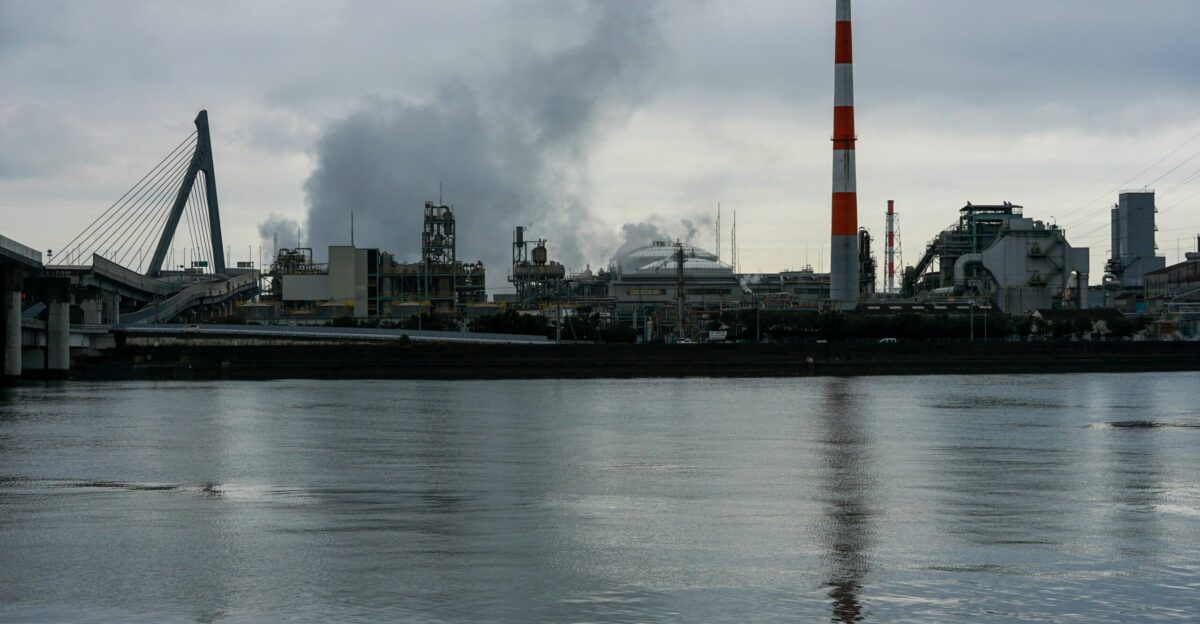
While immediate recovery efforts were underway, industry analysts remained cautious about the prospects for complete restoration. “Structural vulnerabilities will likely continue to pose risks,” warned a leading energy analyst, stressing that ongoing attacks and technical failures in 2025 suggest that more disruptions may be on the horizon.
The ripple effect from the fire extended to broader energy landscapes, affecting global markets and regional dynamics. Stakeholders are now tasked with investing in upgrades to bolster infrastructure resilience, recognizing that haste may lead to oversights, which could compromise long-term viability.
A Long-Term Perspective

With northern Russia’s fuel network stretched thin, pressing questions arose regarding long-term stability. “We need to prepare for a future where disruptions may become the norm,” commented an industry consultant. The adaptation of supply lines is crucial, yet apprehension lingered over the potential for another major crisis as oil infrastructure continues to be a primary target.
Stakeholders must approach this juncture with foresight, implementing strategies that not only address immediate needs but also build resilience against future shocks within the energy sector, fundamentally changing how preparations are made.
Underlying Political Threads

The timing of the fire was significant, occurring after recent peace talks between President Trump and President Putin. Speculation arose regarding security weaknesses within Russia’s energy sector, including questions about policy priorities under war-related pressures. “It’s all intertwined politics, energy, and security,” shared an expert in geopolitical dynamics.
As the crisis unfolds, implications extend beyond immediate logistics, hinting at a significant interplay between national security and energy stability. Observers are closely monitoring how these layers impact broader energy strategies moving forward, as leaders strive to navigate complex waters.
Global Energy Markets React
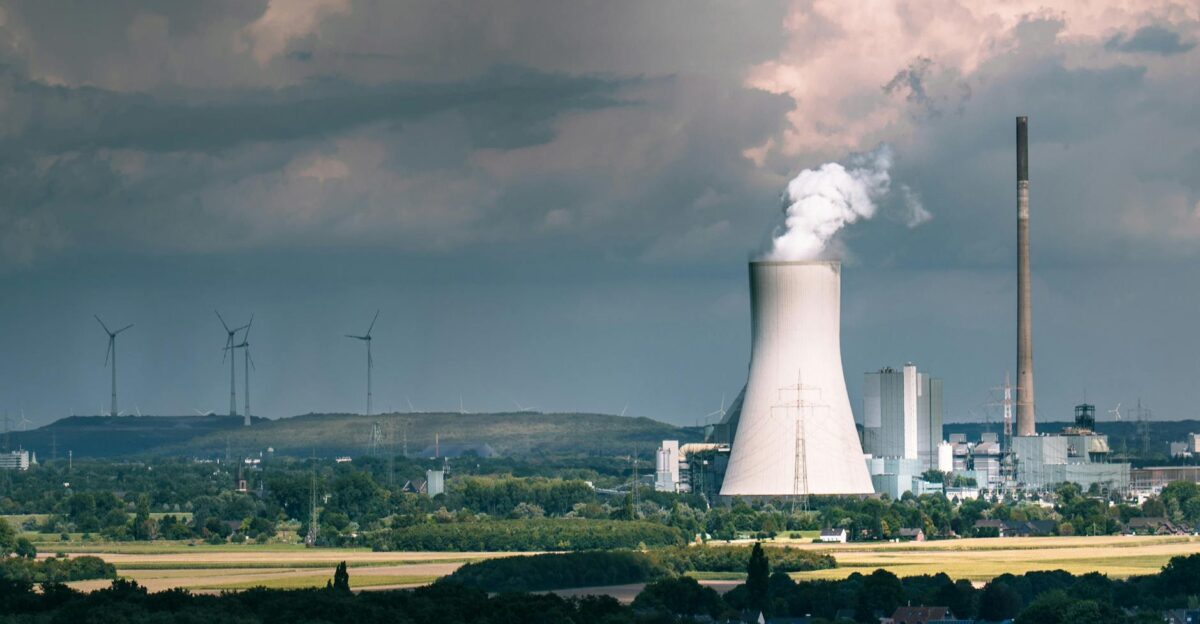
In light of the unfolding situation at the Yaroslavl refinery, global energy markets reacted swiftly. Brent crude spot prices began to climb as European traders forecasted constrained Russian exports in the wake of the fire. “International markets aren’t just sitting back; everyone is adjusting,” noted an oil market analyst.
Neighboring countries added to their contingency planning for anticipated supply disruptions. The swift response from global stakeholders reflects an interconnected energy landscape, where localized incidents can have cascading effects, further amplifying the need for strategic resilience within both domestic and international frameworks.
Investigations: Legal and Environmental Concerns
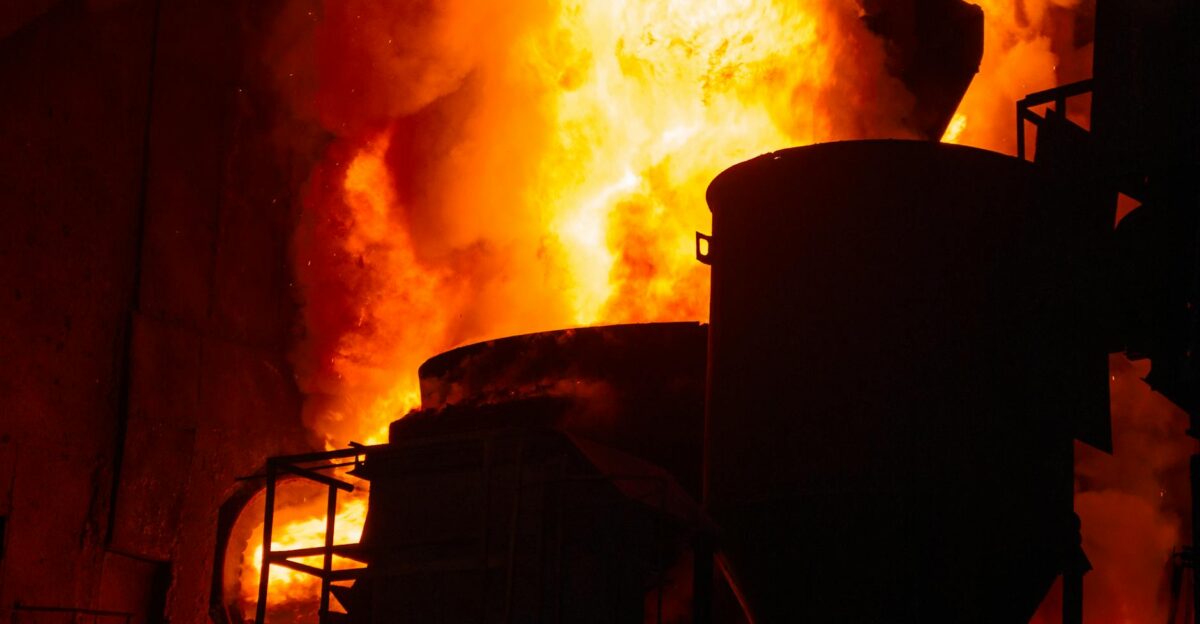
Local prosecutors opened investigations focusing on workplace practices and potential negligence linked to the fire at the Slavneft-Yanos refinery. “We have to ensure accountability,” stated a prosecutor involved in the investigation, emphasizing the need to assess compliance with safety regulations.
This inquiry also raised environmental concerns, as officials feared potential spills or other ecological hazards during the response. The legal proceedings will likely delve deeper into company protocols, compelling stakeholders to confront past lapses and future responsibilities in safeguarding both human lives and environmental integrity.
The Human Impact Continues
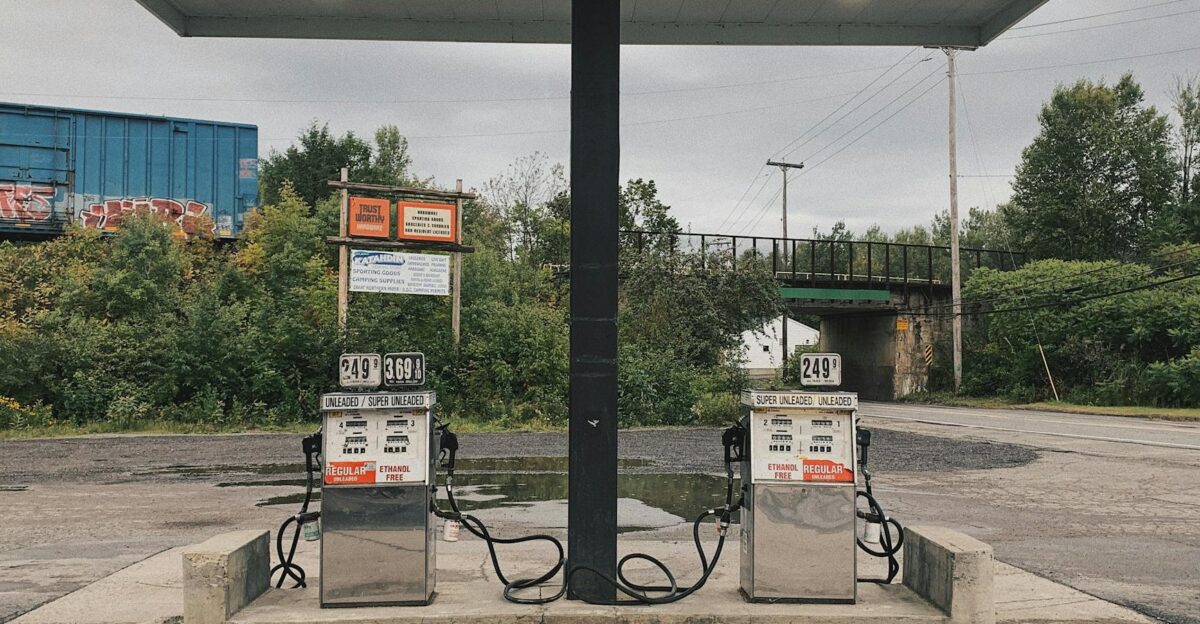
Beyond the financial implications and operational concerns, the fire had a profound impact on humans. Residents expressed anxiety about fuel shortages and potential price hikes as businesses struggled to adapt to disruptions. “We rely on this refinery for our daily needs; uncertainty is the last thing we need,” voiced a local shop owner.
Beyond mere statistics, the resilience and tribulations of everyday people resonate through the chaos, reminding stakeholders of the profoundly human element intricately tied to energy infrastructure. As recovery efforts unfold, it highlights the urgent need for empathy and support within affected communities.
Seeking Stability
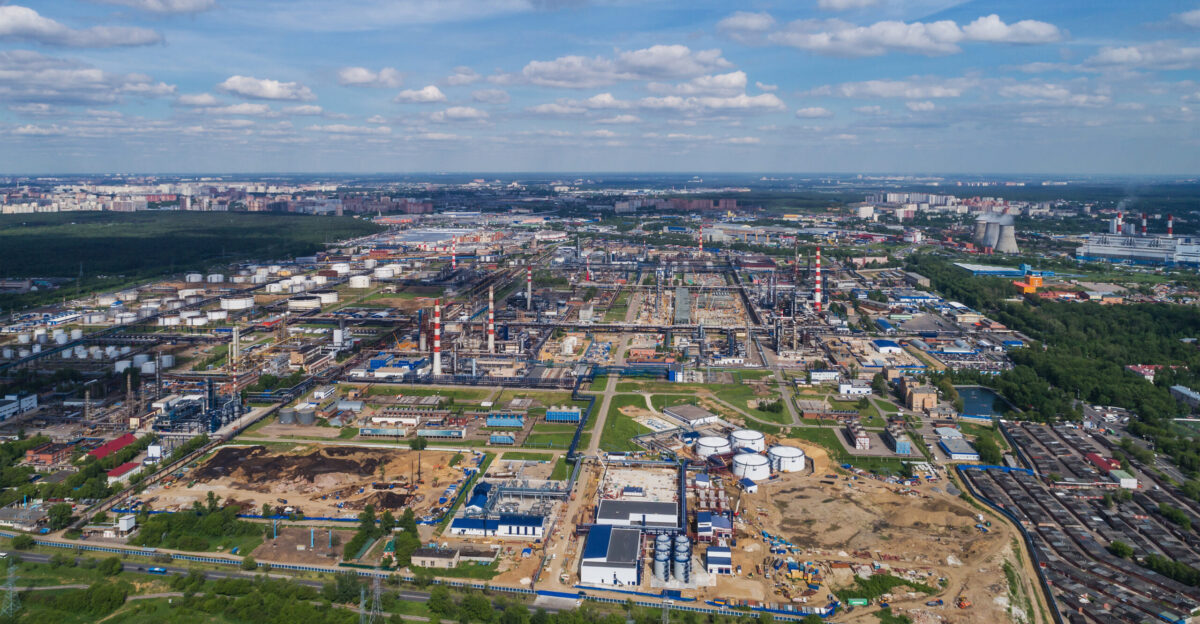
As the dust begins to settle following the fire at the Slavneft-Yanos refinery, a road to recovery lies ahead. Industry players, analysts, and local communities are left contemplating what the future holds. “We can’t afford to ignore the lessons learned,” affirmed an oil company executive, suggesting that the path ahead requires collaboration and innovation.
Questions about energy security linger, emphasizing the need for robust infrastructure and proactive strategies. Balancing immediate recovery with long-term solutions will define not just the recovery of Yaroslavl but the broader future of energy in Russia and beyond.